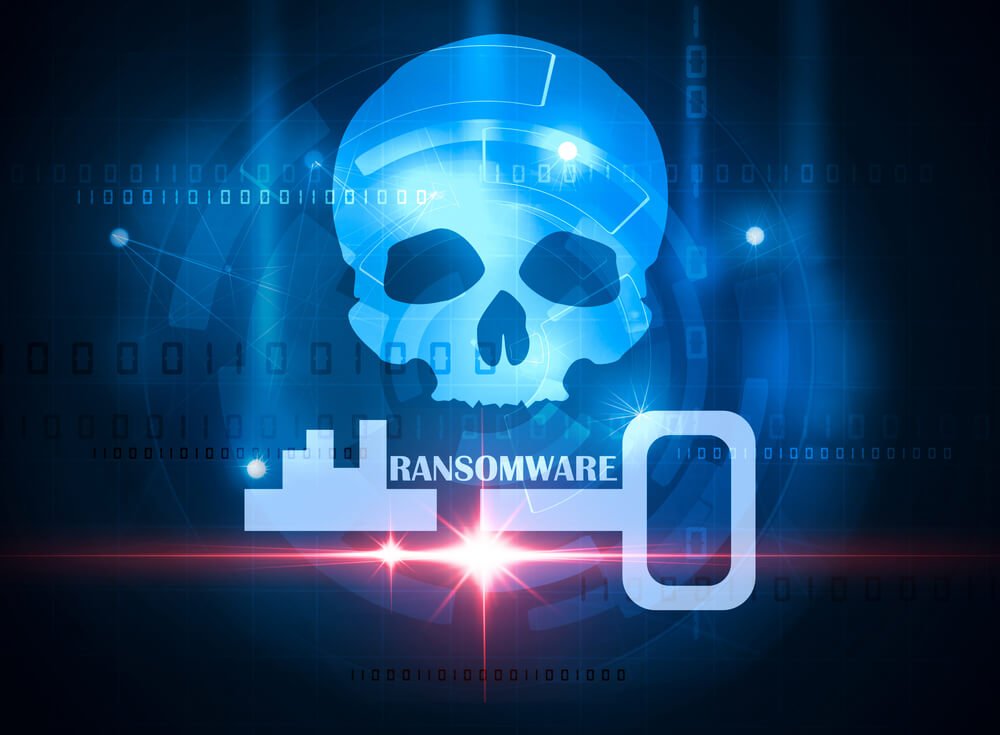


Ransomware or ransom malware is a variant of malware that locks the victim's data, usually through encryption. The threat actor then demands a ransom from the victim to restore access to the affected data. Ransomware attacks are typically driven by monetary motives, but unlike most cyber attacks, the victims are notified about the exploit and are given instructions on what they need to do to recover their data. To hide their identity, bad actors typically demand a 'ransom' in cryptocurrency, such as bitcoin. Here's some more information on this topic.
Ransomware can be spread via compromised websites, malicious email attachments, infected software apps, and infected external storage gadgets. Some attacks use approaches that don't rely on user interaction, such as a remote desktop protocol.
A File Coder is a form of ransomware used to encrypt and lock the files on your machine. Cybercriminals responsible for the attack then demand a ransom to be paid within a deadline in exchange for the decryption keys. Failure to meet the deadline can result in your files being permanently locked, destroyed, or damaged.
Scareware usually bombards you with pop-up adverts for a bogus security tool that demands payment so that it can fix fake PC issues. This is the most easily identifiable form of ransomware.
With doxing-related ransomware, attackers threaten to publish your personal data (emails, passwords, usernames, and messages) online if you don't pay them the amount demanded.
As the name suggests, screen lockers limit your access to the compromised machine. The attackers usually take the guise of a government organization like the FBI and claim that you broke certain laws and have to pay a fine before your machine is unlocked. While most ransomware attacks target windows PCs, they can also infect Macs, Android devices, and iOS devices.
Ransomware attacks typically target large computer networks. For instance, cybercriminals may target learning institutions because they usually have leaner security teams and a wide range of users who do lots of file-sharing, which makes it easier for attackers to infiltrate their defenses. Conversely, organizations such as medical facilities or law firms that store sensitive client-related data are more susceptible to ransomware attacks. Note that even if you're not part of a large computer network, you, too, can be a victim of such attacks because of the many security-related online loopholes.
To appreciate the threat posed by ransomware attacks, consider the following statistics:
On average, organizations pay a ransom of $233,217
On average, there is a 19-day downtime after an attack.
In 2021, ransom malware attacks on businesses are projected to occur every 11 seconds.
Ransomware attacks can cause immense financial and reputational damage to organizations. Some of the negative effects could include:
Downtime due to compromised infrastructure.
Lost productivity due to downtime
Costly recovery effort
Damage to data in addition to data infrastructure
Damage to reputation
In worst-case scenarios, ransomware attacks can result in significant loss of customers
Although the best way to deal with a ransomware attack is to seek the services of a cyber security expert, the following are a few ways in which you can help prevent ransomware attacks.
Set up a robust cybersecurity program that provides real-time protection
Back up your data regularly
Ensure your software and systems are up to date
Educate all the users of your IT infrastructure about cybersecurity best practices
Considering the immense costs and the spate of ransomware attacks, an insurance policy that provides adequate digital risk coverage is recommended. Whether you need cyber liability insurance for a small start-up or an established business, the team at Tompkins Insurance Agencies is ready to assist. Contact us today for help getting started on your tailored business insurance.